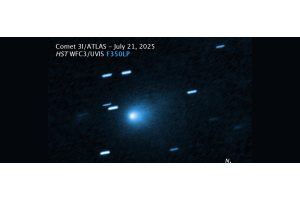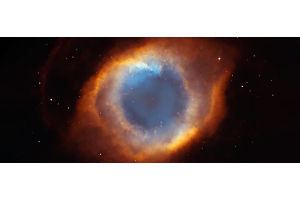calendars
Setting off on an adventure through the enormous cosmic space, you soon discover that the universe has its calendar – a cosmic schedule full of unique astronomical and celestial events. Getting to know and enjoying these events adds a splash of excitement and a sense of connection to the beautiful canvas of the night sky.
Astronomy enthusiasts, seasoned stargazers, and those new to the cosmic playground eagerly consult the astronomy calendar. Why? Because it's not just a schedule; it's a guide to the breathtaking spectacles the universe has in store.

Imagine decorating your space calendar for meteor showers, those fantastic shows of shooting stars turning the night into a canvas of light streaks. It's like a cosmic fireworks display! These celestial spectacles happen when Earth cruises through the leftovers of comets, putting on a mesmerizing show. Whether the Perseids in August or the Geminids in December, each meteor shower has its unique flair, making everyone wonder about the magical night sky.
Just as captivating are solar and lunar eclipses and cosmic events unveil the elaborate dance between the Earth, Moon, and Sun. When the Moon briefly covers the Sun, a solar eclipse magically turns day into night for a moment. Meanwhile, lunar eclipses create a captivating shadow play on the Moon, painting it in stunning shades of coppery red or deep orange. These cosmic shows, each with its unique charm, are marked on the astronomy calendar, calling on stargazers to join the grand celestial ballet.

Planetary alignments and conjunctions are another highlight on the cosmic agenda. Picture Venus and Jupiter converging in a dazzling embrace or Mars and Saturn aligning in a celestial tango. These events offer a visual feast as planets gather in the night sky, creating heavenly pairings that captivate observers and ignite the imagination.
The astronomy calendar is an annual invite to catch sight of your favorite constellations and the dazzling zodiac show. As the seasons play their part, the big-name constellations in the night sky take on new spots. Whether the bold Orion strutting its stuff in winter or the elusive Scorpius making a summer appearance, each constellation spins a unique story. These celestial tales bring people together across time and serve as a roadmap for anyone navigating the cosmic wonders above.

If you're a rookie astronomer armed with a telescope, the calendar is your buddy, leading you to prime times for checking out planets shining their brightest and catching the Moon showing off its different phases. It's your golden ticket to explore the fascinating details of our lunar buddy.
The astronomy calendar is not just about solo star shows; it's a cosmic community builder! Take the Great Worldwide Star Count, for example. It's like a global star party where folks from all over get together to count the stars in their neck of the cosmic woods. This isn't just for fun; it is helping scientists understand how light pollution messes with our stellar views. Grab your astronomy gear, and let's count some stars!
The astronomy calendar isn't a boring schedule – it's your VIP pass to the cosmic circus! It calls you to look up, catch the celestial spectacle, and be wowed by the heavenly performance. So, grab your marker, note those cosmic dates, keep your eyes on the stars, and gear up for a year bursting with celestial enchantment. The universe is all set to spill its heavenly secrets and captivate anyone adventurous enough to look skyward.






